Are you having trouble bringing warmth to your home? Not only is it making you less comfortable, it’s probably driving up your energy bills. It’s time to put on your detective hat and find the source of your home’s heat loss.
Mike Holmes is one of HGTV Canada’s go-to contractors and the host of Holmes and Holmes, Holmes: Buy it Right and Home to Win.
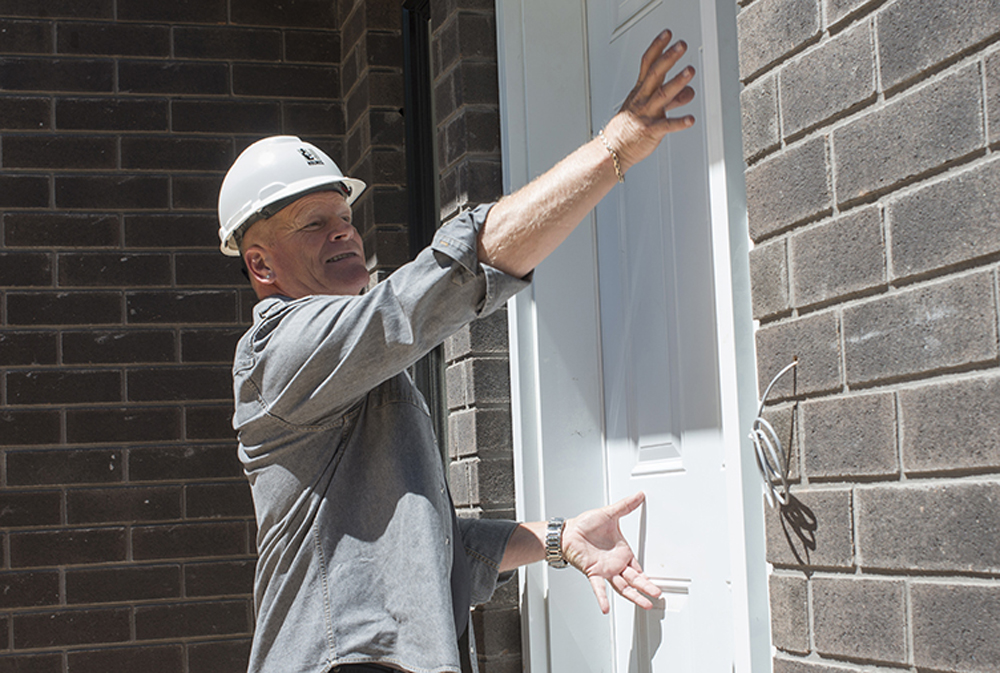
Caulking and Weather Stripping
A drafty house can account for upwards of 30 per cent of a home’s heat loss. When you’ve got the heat on, put your hand by all of your exterior doors, windows and vents. Feel any cold spots? You’ve got a leak. This can be due to missing or broken caulking and weather stripping. Fortunately, this is a pretty simple fix; and one that most homeowners are totally capable of doing on their own. Make sure to use caulking that’s rated for outdoor use. You want something that will be able to expand and contract with hot and cold weather.

Windows
It’s also possible your window cavity isn’t properly insulated. Carefully remove the interior trim and take a look inside. If there’s nothing there, fill with a low-expansion foam to guard against heat loss. Unfortunately, in the case you determine it’s the windows themselves that are causing your heat loss (due to a broken vacuum seal or single pane windows), there’s not much you can do except have them replaced. In the meantime, heavy drapes can help block some of the cold air.
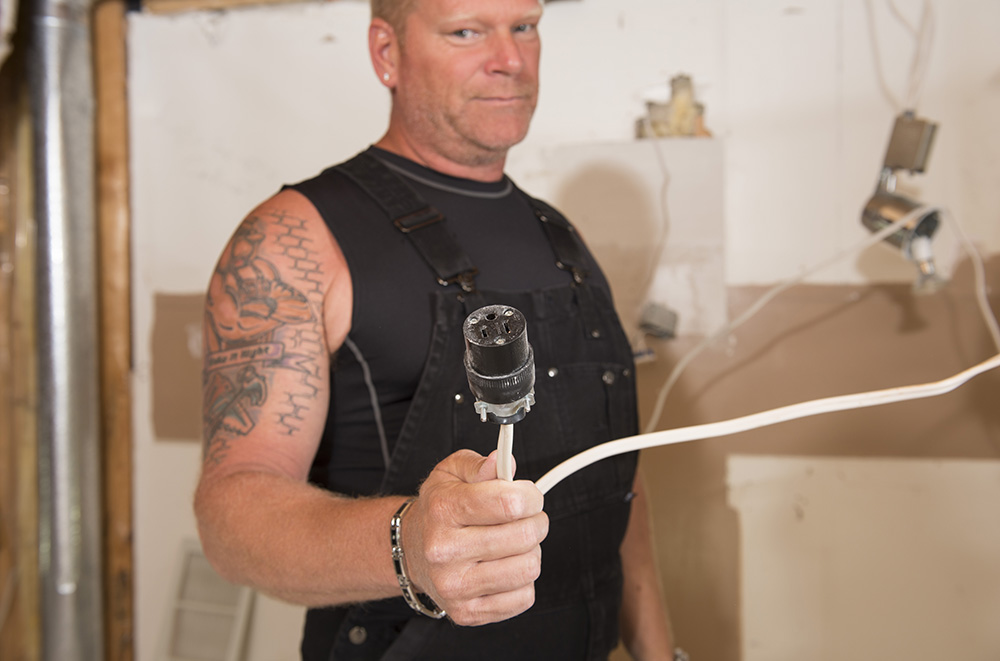
Electrical Outlets
A candle can help you find some of the smallest air leaks in your home. Light a candle and place it near electrical outlets, small light fixtures, phone jacks and other wiring holes. If it flickers, odds are there’s a leak there. While I would normally never advocate taking on electrical projects, here’s one exception. If you think the outlets are a source of heat loss, remove the cover and add a foam gasket in behind. It should fit snugly over the outlet. If it’s too loose, it won’t solve your problem
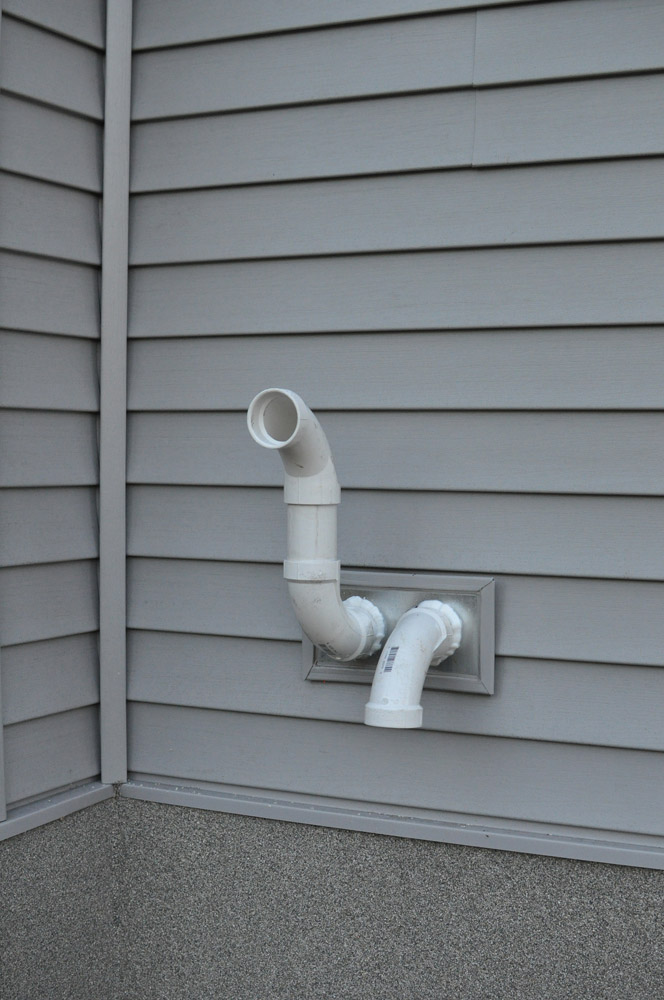
Exterior Electrical Boxes and Exhaust Pipes
Around the exterior of your home, make sure to seal gaps around your electrical boxes, exhaust pipes or cables. Fill the gaps with low-expansion spray foam. But don’t leave the foam exposed to the elements or sun. The UV rays will cause the foam to break down. It needs to be sealed with caulking afterwards.
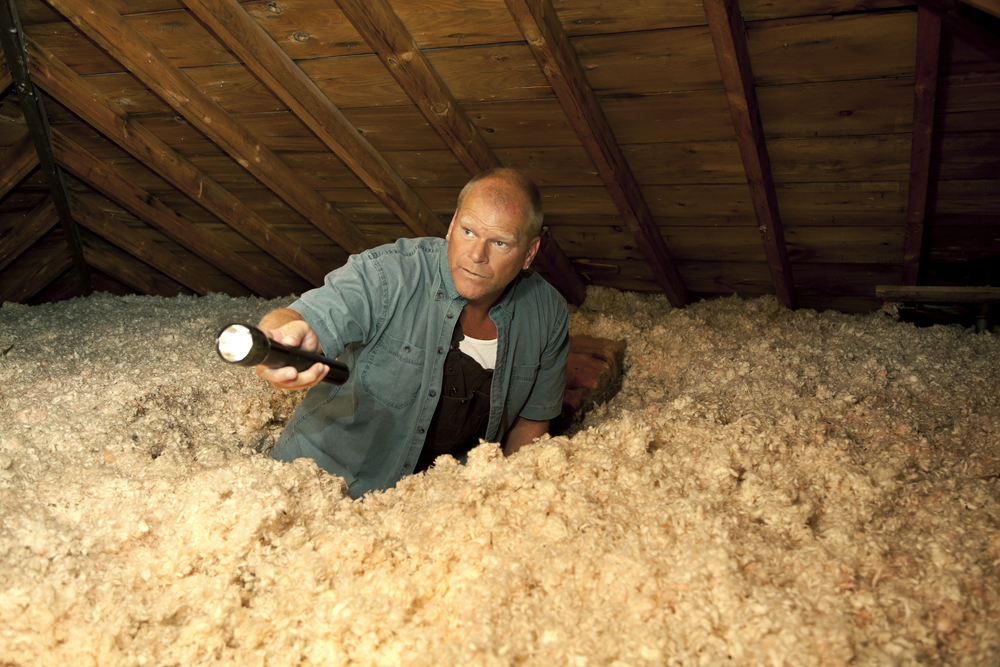
Attic
Wintertime offers a valuable clue to the efficiency of the insulation in your attic space. After a snowfall, take a look at the roof. If you see any bare spots, that’s a sign your attic is allowing heat to escape. Not good. Some bare spots around venting is natural, but if you spot shingles elsewhere, it’s time to beef up your attic’s insulation. Personally, I’m a big fan of using spray foam, which offers a lot of insulating power, but remember: it’s not a do-it-yourself job!
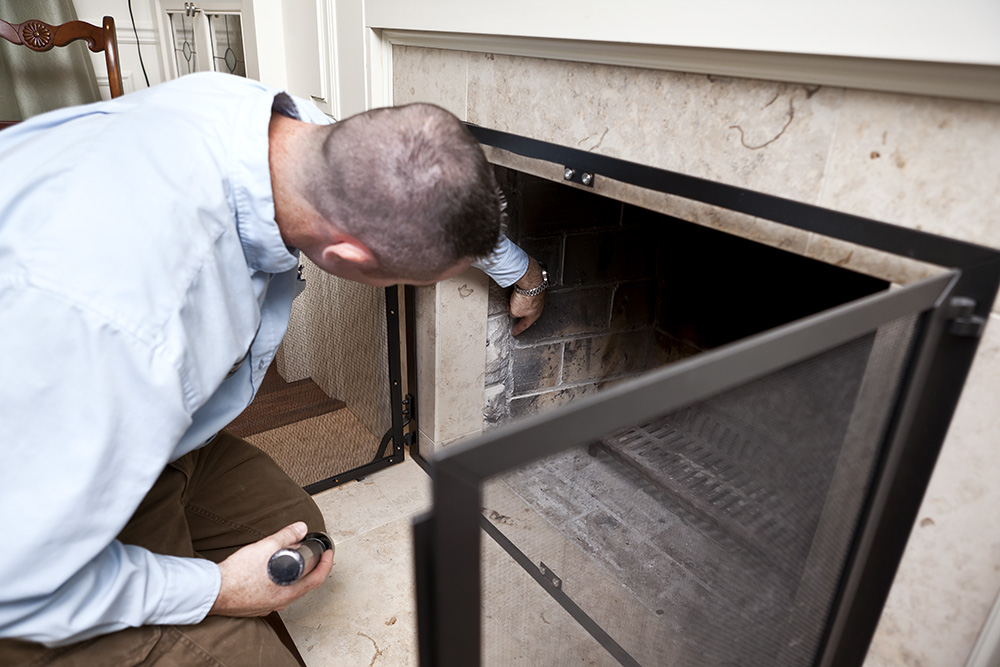
Chimney
Do you have a wood burning fireplace? Whenever the unit isn’t in use, make sure to close the flue, but only after all the embers have burned out. If you don’t use your fireplace, you may want to consider installing a fireplace pillow against the flue. This is an economical way to help stop warm air from inside your house from going up the chimney.
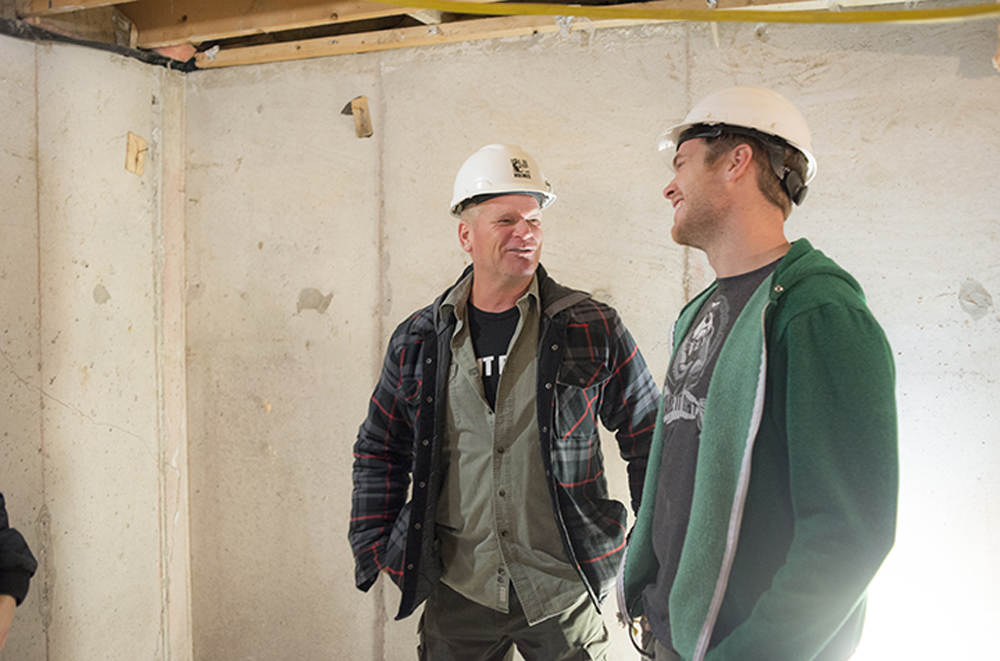
Basements
Unfinished basements can also be a major source of heat loss in your house. A finished basement is a great investment when it comes to added space and value in your home, but if you can’t afford the cost of redoing the whole space at once, start with proper insulation and moisture proofing.
HGTV your inbox.
By clicking "SIGN UP” you agree to receive emails from HGTV and accept Corus' Terms of Use and Corus' Privacy Policy.




